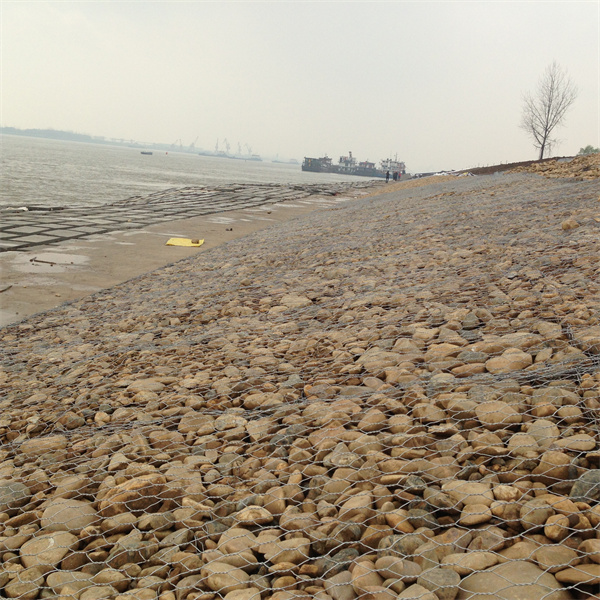Nov . 30, 2024 04:58 Back to list
Quality Metal Gabions for Effective Erosion Control and Landscape Design Solutions
The Versatility and Efficiency of China Metal Gabions
In recent years, China has emerged as a leader in the production and innovation of various construction materials, one of the most significant being metal gabions. These wire mesh containers, typically filled with stones, gravel, or other materials, serve a myriad of applications ranging from civil engineering projects to landscape design. The increasing prominence of metal gabions is a testament to their versatility and the efficiency they offer in both temporary and permanent structures.
What are Metal Gabions?
Gabions are generally defined as wire mesh cages filled with rock, soil, or other materials to create a sturdy structure. The metal gabion, specifically, is made from galvanized or PVC-coated wire to enhance durability and corrosion resistance. The wire baskets are filled on-site with local material, making them a cost-effective solution for various projects. Their design allows for flexibility in terms of shape and size, making them suitable for diverse applications.
Applications of Metal Gabions
Metal gabions have a wide range of applications across various sectors. In civil engineering, they are often used for retaining walls, erosion control, and riverbank stabilization. The porous nature of gabions allows water to flow through them, reducing hydrostatic pressure and, consequently, the risk of structural failure.
In landscape architecture, metal gabions offer an aesthetic appeal as well as functional benefits. They can be used to create beautiful garden features, seating areas, or fencing while promoting natural drainage. The versatility of gabions allows for creative designs that integrate seamlessly into the environment.
Additionally, in the construction of noise barriers, metal gabions help to absorb sound, making them a favorable choice for projects near highways or bustling urban areas. They also serve as effective flood control structures, providing stability and protection against heavy rainfall and rising water levels.
china metal gabion

Environmental Benefits
One of the significant advantages of using metal gabions is their positive environmental impact. Since they are often filled with locally sourced materials, the carbon footprint associated with transportation is significantly reduced. Furthermore, the use of natural stone or other non-toxic materials ensures that gabions are environmentally friendly.
Gabions also promote environmental sustainability. They can support plant growth on their surfaces, which enhances the integration of structures into the surrounding landscape. The vegetation that grows on the gabions aids in erosion control while contributing to biodiversity. The use of biodegradable materials can further enhance the ecological benefits of gabions.
Cost-Effectiveness and Durability
Metal gabions are not only environmentally friendly but also cost-effective. Their efficiency stems from the simplicity of their design and ease of installation. Unlike traditional concrete structures, gabions can be assembled quickly without the need for specialized equipment or extensive labor. This results in reduced construction time and lower labor costs.
In terms of durability, the galvanized or coated wire used in metal gabions offers strong resistance to rust and degradation, ensuring that the structures maintain their integrity over time. With proper maintenance, they can last for decades, making them a worthy investment for both short-term and long-term projects.
Conclusion
The increasing use of metal gabions within China and around the world highlights their significance in sustainable construction practices. Their versatility, effectiveness, and environmental benefits make them an excellent alternative to traditional building materials. As more architects, engineers, and environmentalists recognize the advantages of metal gabions, their popularity will likely continue to grow. With ongoing innovations and advancements in materials technology, the future of metal gabions seems promising, paving the way for a new era of environmentally responsible design in civil engineering and landscaping. The integration of these structures into modern projects not only enhances functionality but also embraces a harmonious relationship with nature.
-
Versatility of Chain Link Fence Gabion
NewsMay.13,2025
-
Trusted Gabion Box Suppliers
NewsMay.13,2025
-
PVC Coated Gabion for Long-Lasting Structural Integrity
NewsMay.13,2025
-
Garden Gabion for Stylish
NewsMay.13,2025
-
Galvanized Gabion for Durable Outdoor Structures
NewsMay.13,2025
-
Gabion Box Factory
NewsMay.13,2025
-
Gabion Basket Wire Gauge and Mesh
NewsMay.13,2025






